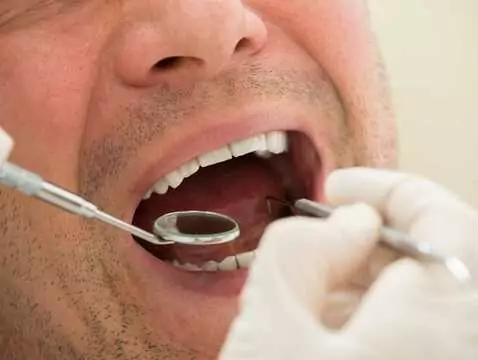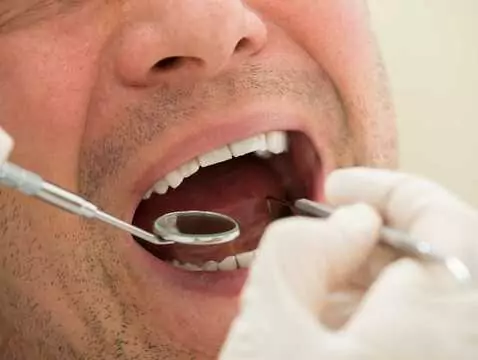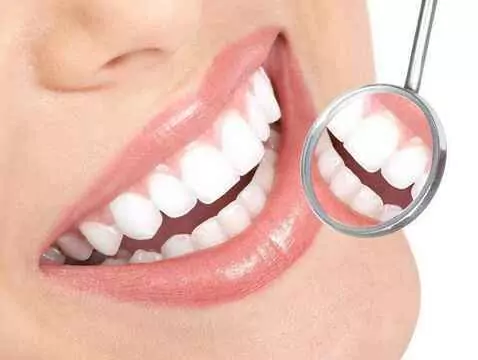The appearance of pus is always a sign of ongoing inflammation that requires treatment. Home remedies such as rinsing or taking anti-inflammatory and painkillers do not remove the cause of the condition. So what should you do? When should you go to the dentist?
Ad:









